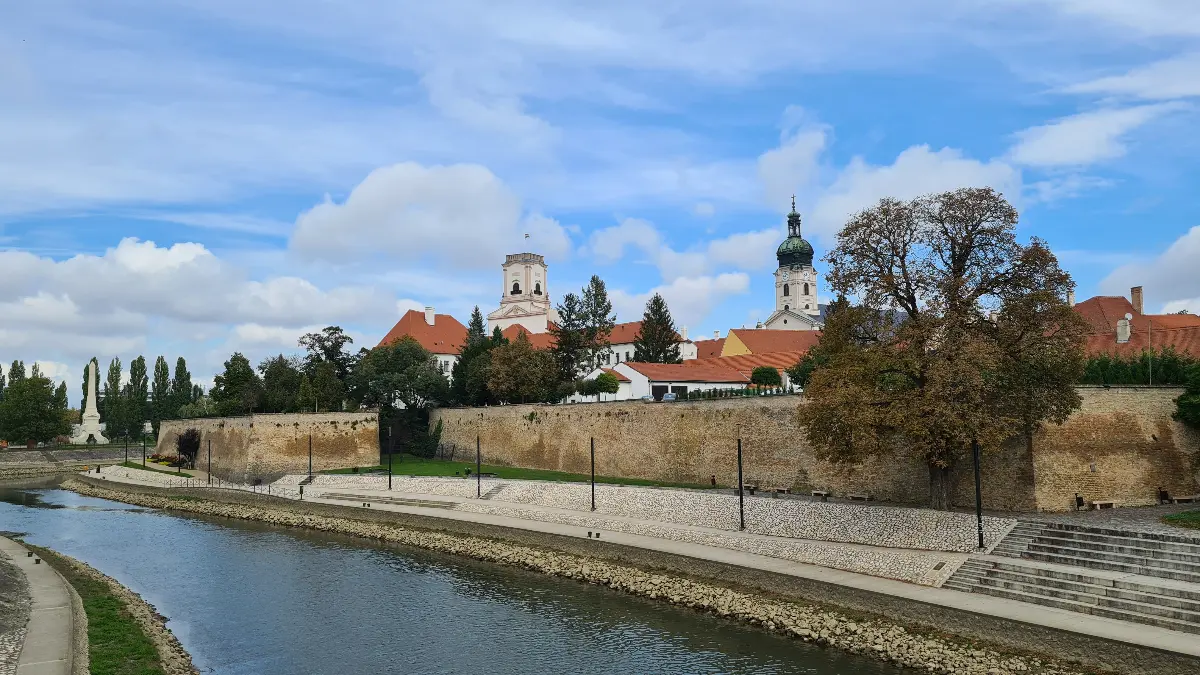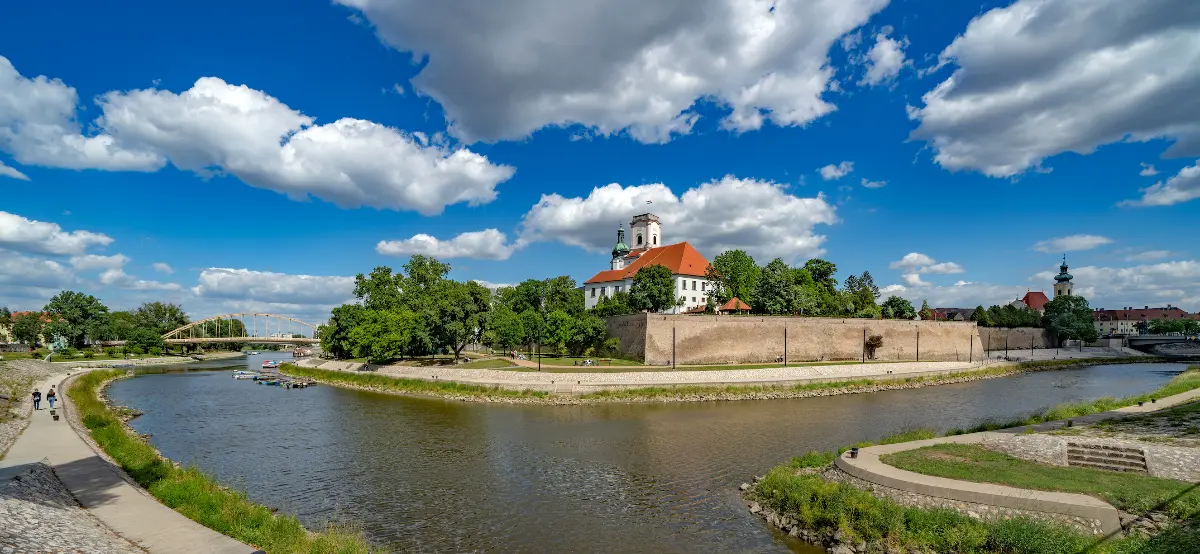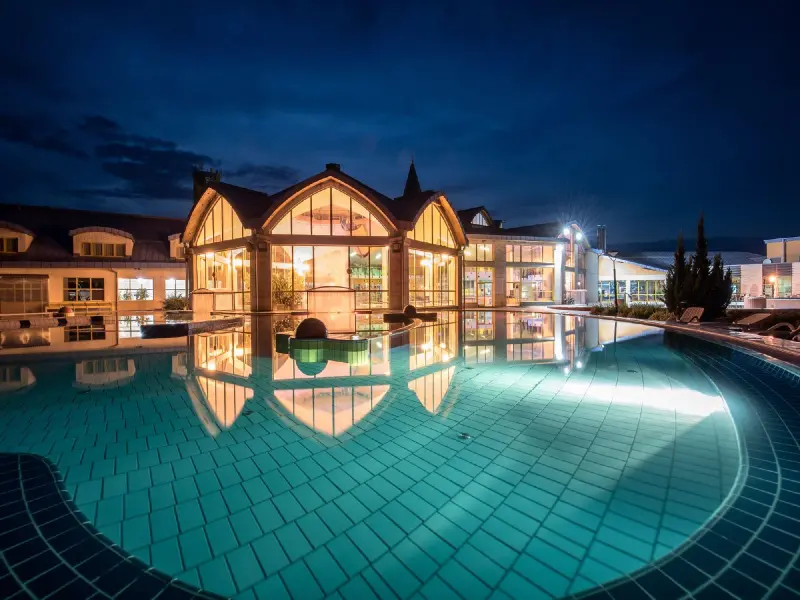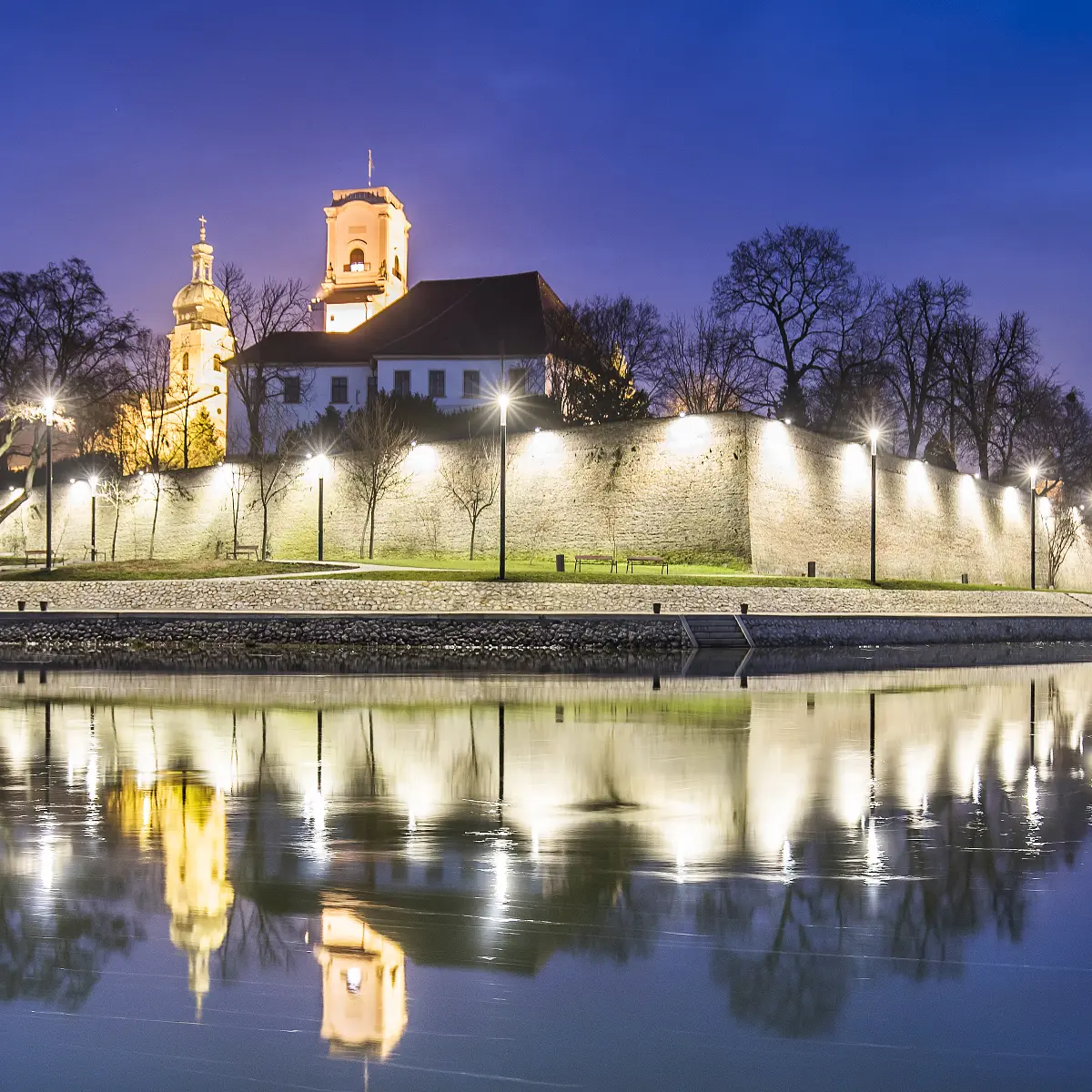
Helyszín címkék:
The former “Burnt City”, the Castle of Győr
Bóday Csilla

The first settlement in the region of Győr, then called Arrabona, was founded in Celtic times. The area of today's Püspökvár was used as a religious centre, of which the Castle of Győr Castle was located in one small part. The ancient fortress was built on the present-day Káptalandomb, an area of outstanding natural beauty at the confluence of the Danube and the Rhine. The foundations of the castle are thought to be traces of Roman construction, and the escape corridor and the adjacent cross-vaulted room date from around the 14th century. The Avar ring-shaped earth banks were surrounded by deep ditches. Of course, after the Battle of Mohács, the castle defences were constantly reinforced, until the town commander of Győr, Kristóf Lamberg, set fire to the castle in advance of the Turkish troops, so that the attackers found only smoking ruins. From then on, the Turks called Győr the “Burnt City”, “Janik Kala” in Turkish. The major renovation was carried out between 1561 and 1575, based on plans by Pietro Ferrabosco of Italy. The Italian Renaissance painter, architect and military engineer worked in the Danube region at the court of Archduke Charles II. After studying architecture in Milan for five years, he served the Habsburgs for about four decades from 1542. He designed many Renaissance buildings in Austria and Hungary, and Ferrabosco's work can be seen in the castles of Komárom and Eger. The Castle of Győr was captured by the Turks on 29th September 1594. However, four years later, on 28th March 1598, it was again in Hungarian hands, but the bishops were only allowed to move back to their seat in the middle of the 18th century. Bishop Ferenc Zichy had the building extended and given its present form, but the final renovation was completed in 1984. During the restoration work, parts from medieval times were found and the castle tower, thus, it was excavated and completely restored. The town's famous martyred bishop, Vilmos Apor, was commemorated with a statue in the courtyard and an exhibition in the cellar. The bishop hid women and children in this cellar, where he died a martyr’s death in 1945.
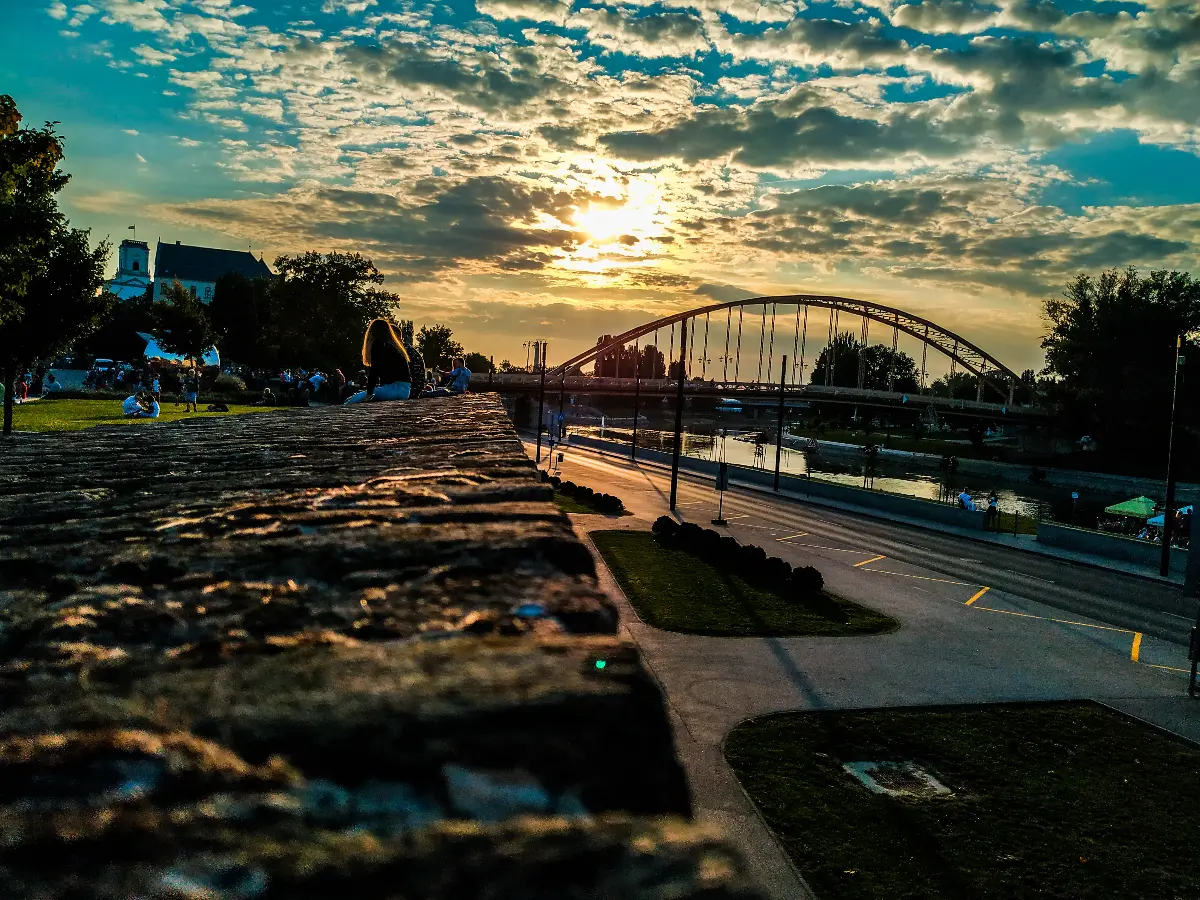
The memories of the castle in the city
Not many cities can boast as much natural beauty as Győr: as the Rába joins the Danube in the city, it is worth taking a pleasant walk along the riverbank to the castle district. Traces of Roman structures have been found in the foundations of the fortress, and their excavation makes for a spectacular sight. The chapel, attached to the eastern corner of the castle tower, built by Bishop Orbán Dóczy in the Gothic style in 1481-86, is a rare example of a two-storey castle chapel. Whether you are standing in the castle tower or in the lookout tower, you can see the whole city. In the city centre, the walls of the “Dunakapu” (Danube Gate) can still be seen on the banks of the Moson-Danube, and if you walk further, you will find the former “Vérbástya” (Blood Bastion). The remains of the walls of the bastion system can be found on the inner edge of the “Dunakapu tér” (Danube Gate Square), near the “Bástya utca” (Bastion Street). Plaques on the walls of the city centre indicate which ramparts and bastions were located there, such as the “Vérbástya” (Blood Bastion), the “Tűztorony) (Fire Tower) and the “Füles Bástya” (Eared Bastion; New World Bastion). Red bricks in the middle of the pedestrian street mark the site of the former “Fehérvári-Kapu” (Fehérvár Gate). And near the “Bécsi-Kapu tér” (Vienna Gate Square), you can visit the lapidarium located in part of the casemate. For some curiosities, enter the tearoom next to the lapidarium. You can see that the arch here seems to be continued here from where it began in the casemates.


